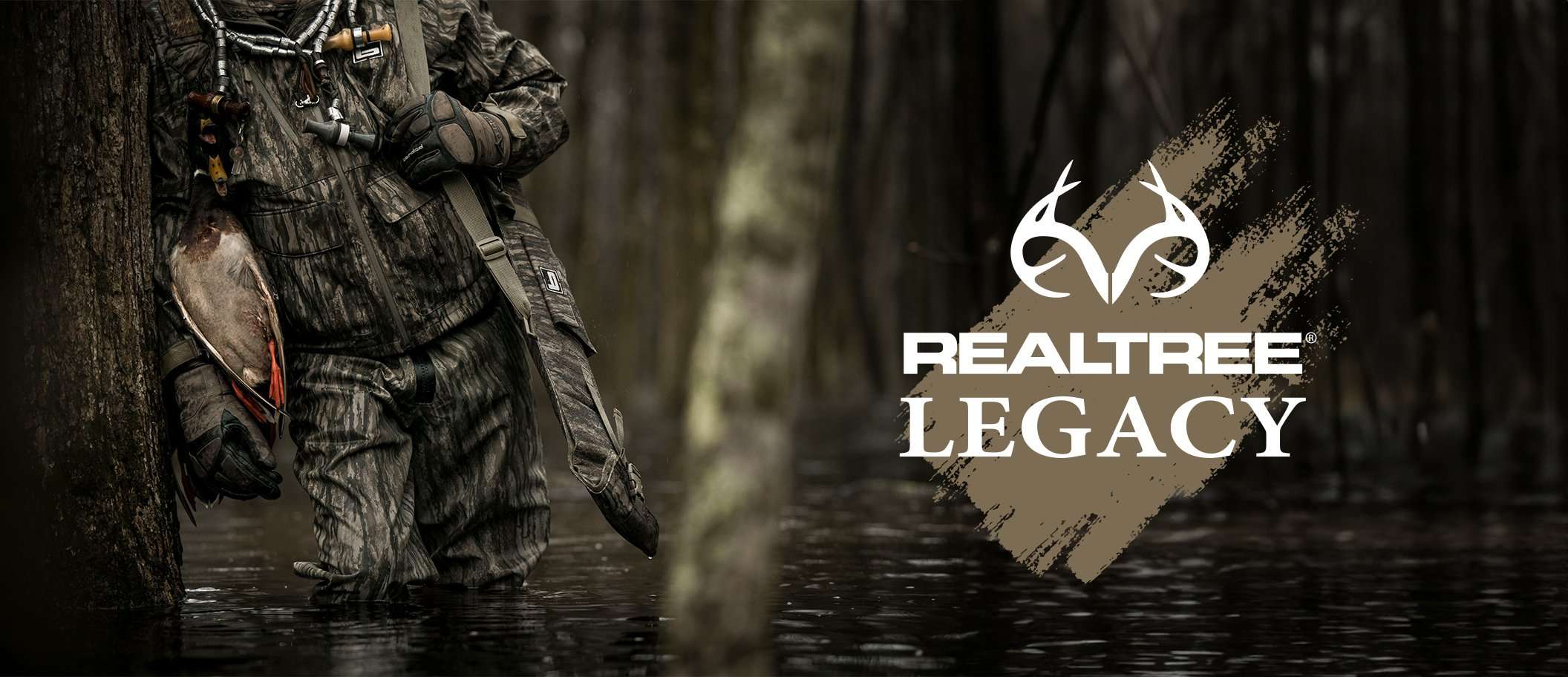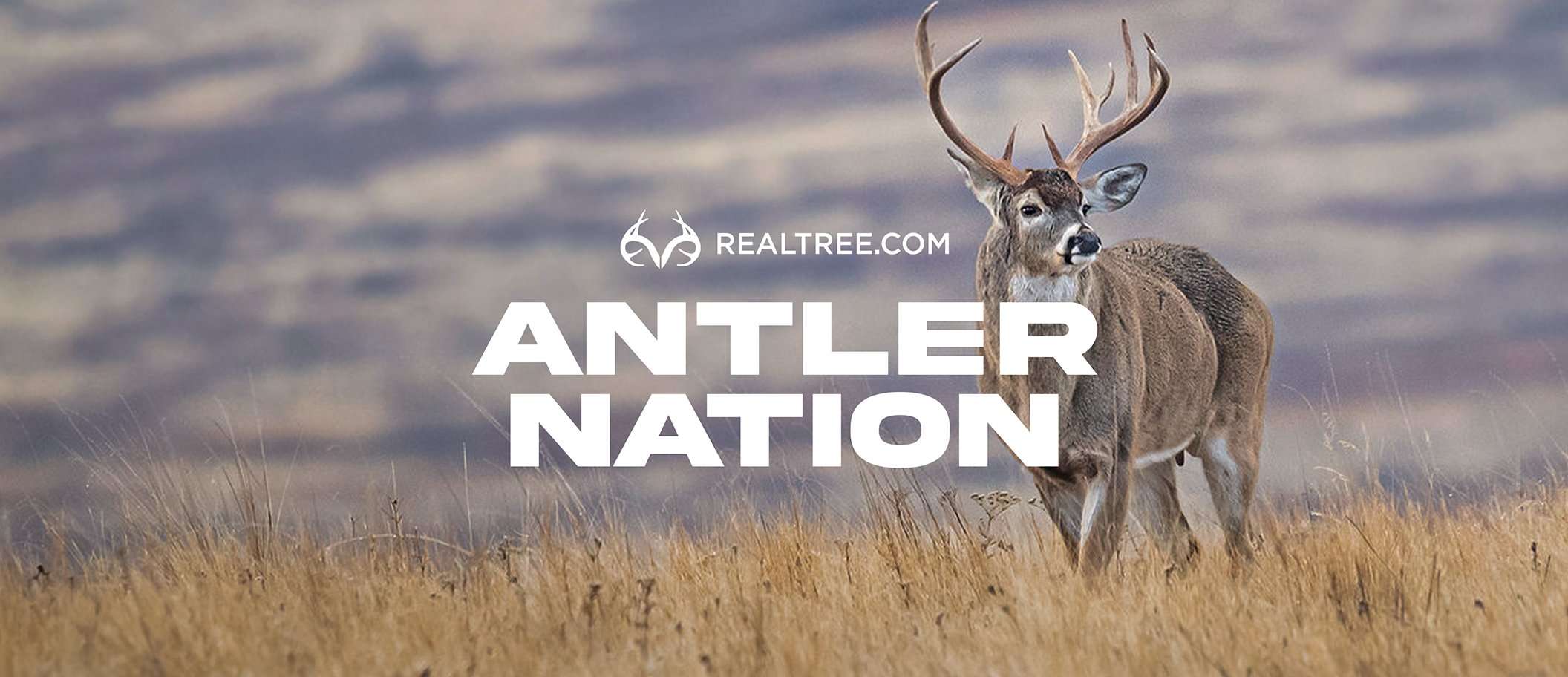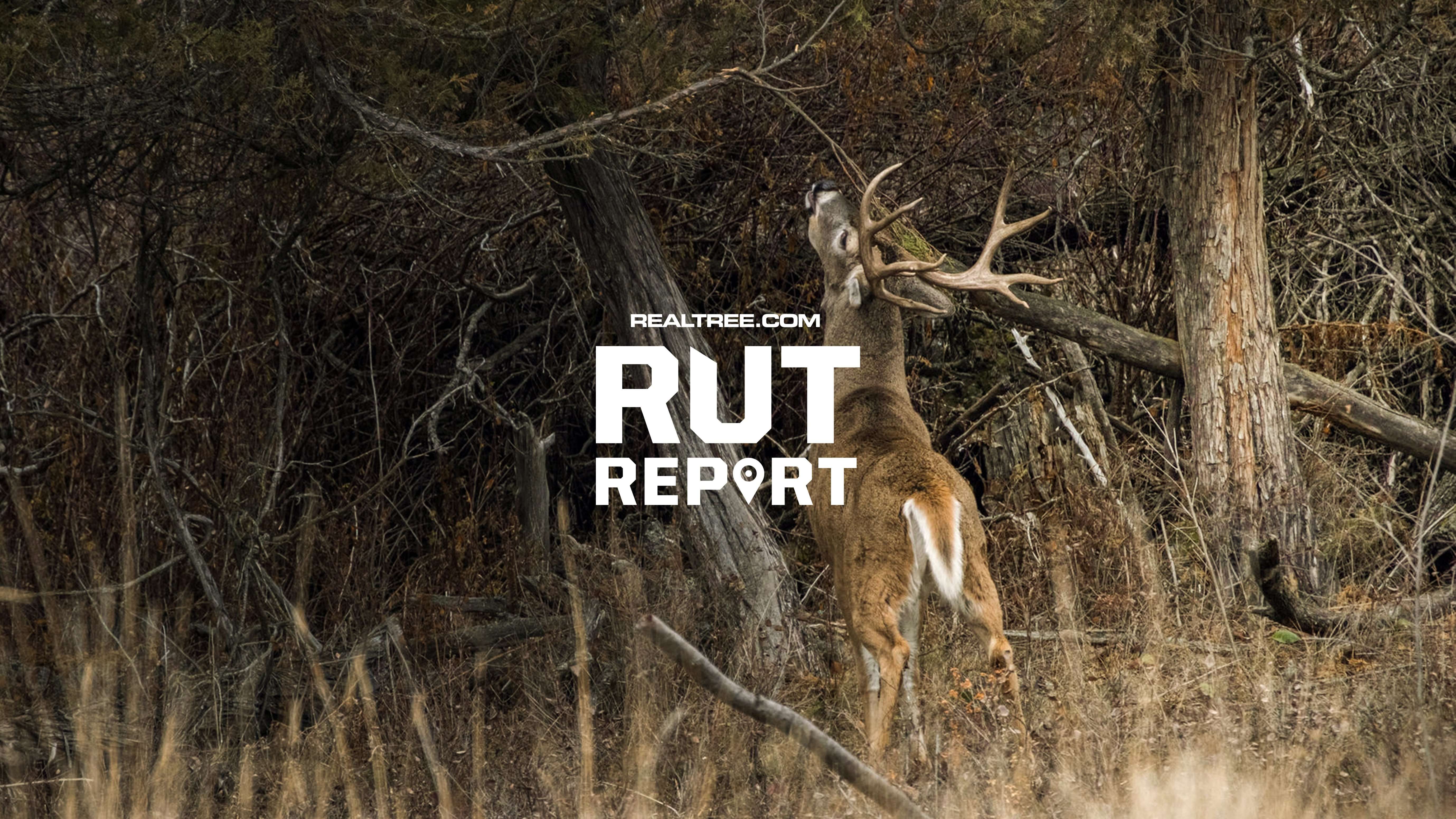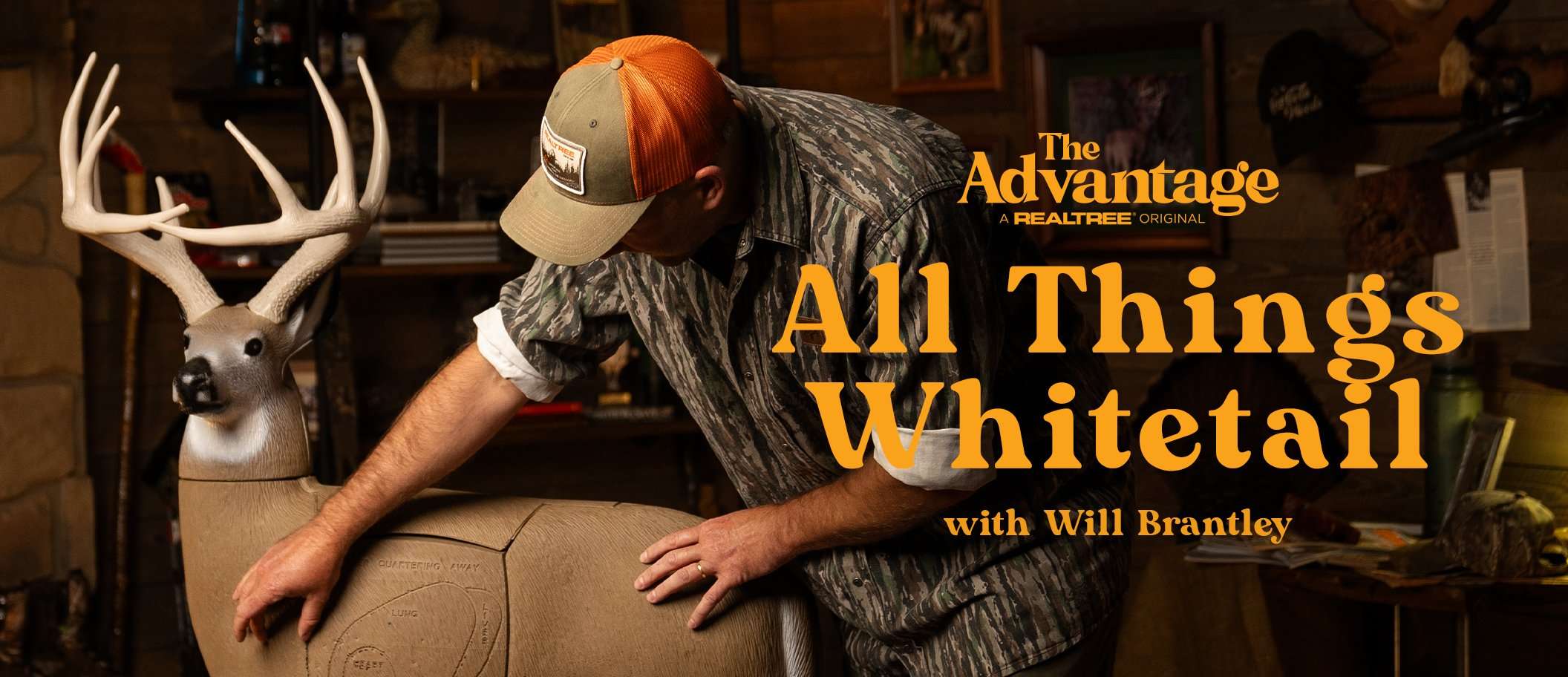These clever cats are perhaps the most challenging of all predators to bring to the call. Patience and persistence will help you succeed.
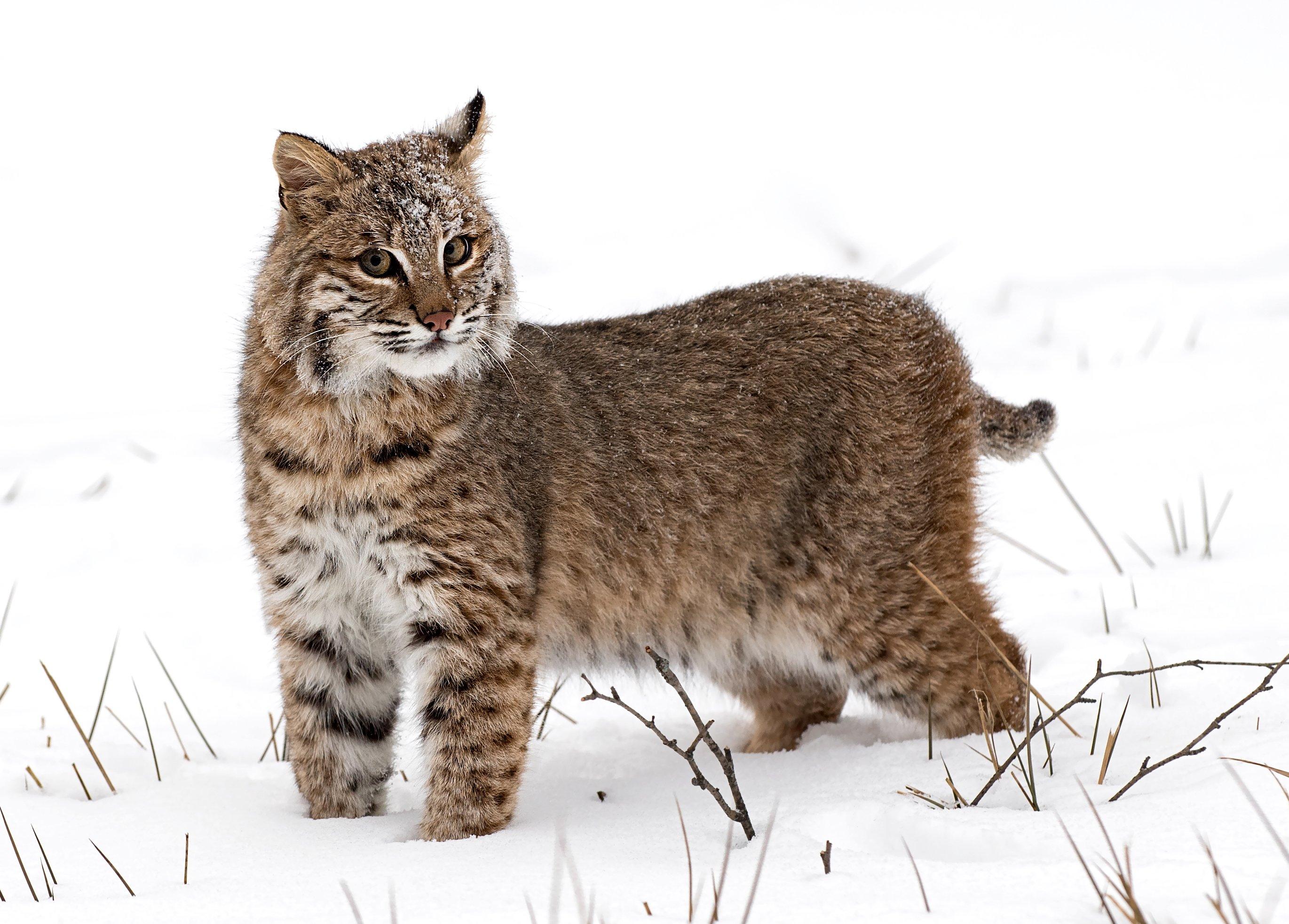
Calling bobcats is often an exercise in patience. Even when cats are around, they’re generally slow to respond to a call. (Photo by Geoffrey Kuchera)
I didn’t see the bobcat until he was within 10 yards, but by that time he was aware that something was wrong. I sat stone still, watching his wide yellow eyes while he studied me. His stub tail rose up and down, and I could tell that he had seen enough. I hoped he would offer me a shot when he turned, but he reversed so quickly that I didn’t have time to level the gun. When I looked through the scope, there was nothing but empty space.
The whole experience occurred in a span of just a few seconds. But for years afterward I could still remember the place and even the tree I was leaning against when that cat appeared. I would learn later that, when you’re fortunate enough to bring a bobcat to the call, the experience is often just like that one: The cat’s appearance shocks you, and by the time you prepare to make the shot, the moment has already passed.
The bobcat is the most widespread wild cat in the Lower 48, ranging from the swamps of Florida to the deserts of California. It thrives in south Texas and is equally successful in the pine forests of Maine or the northern Rockies. Despite its broad range and adaptability the bobcat is rarely seen — a testament to the animal’s stealth.
Don’t Miss: Are Bobcats Impacting Wild Turkey Populations?
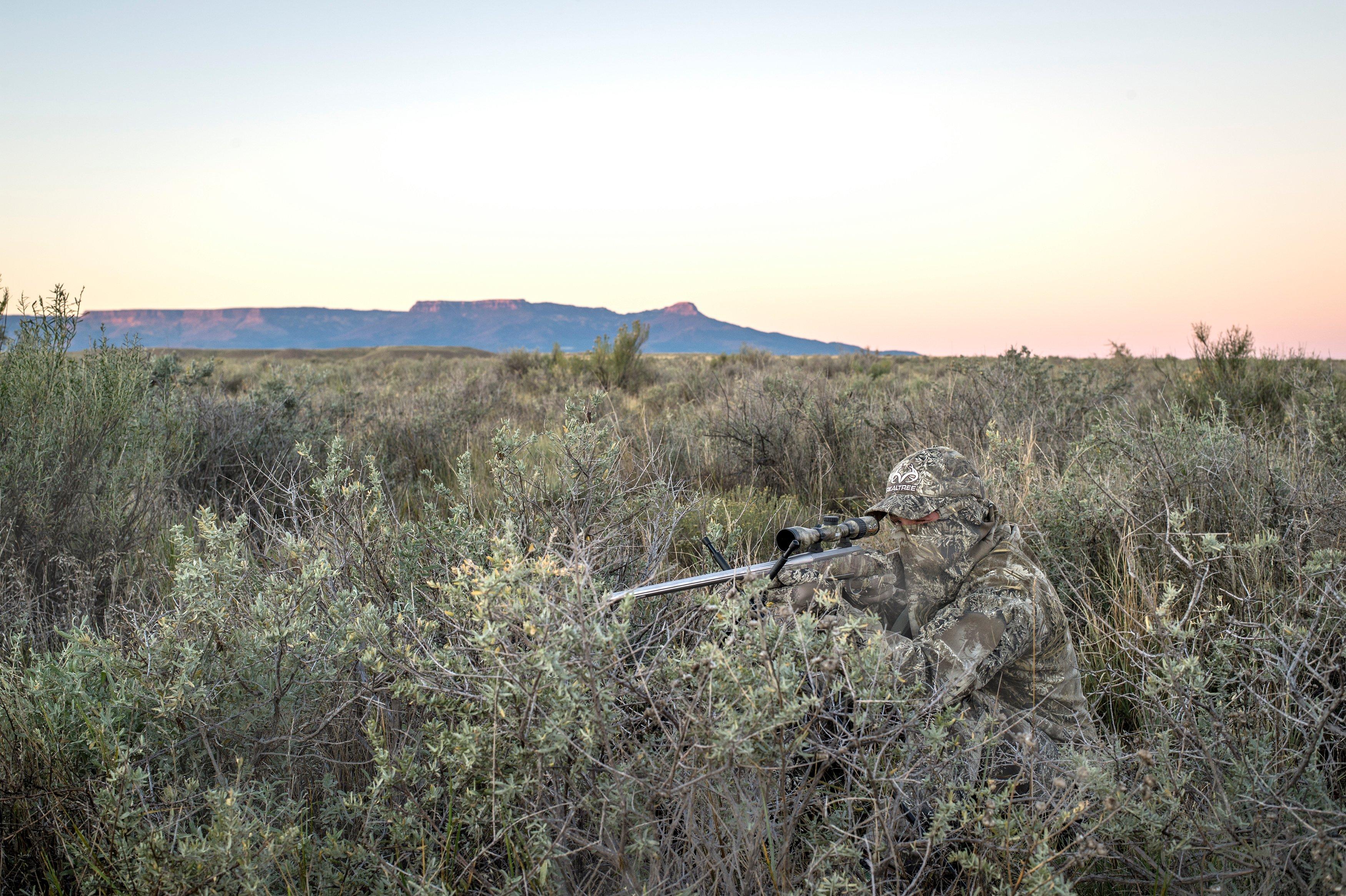
Bobcats like thickets, and generally use cover to conceal themselves while responding to a call. (Photo by Bill Konway)
Of the bobcats that are harvested every year by hunters, I suspect that well over half are targets of opportunity. However, it’s possible to consistently target cats and bring them to a call. Here are some things to know.
UNDERSTAND BOBCAT BEHAVIOR
You can’t call in a bobcat if one doesn’t live there. Take note of where you’ve seen cats on trail cameras or in the fur while out deer hunting. Those are obviously good places to consider calling. Beyond that, scout for obvious sign like tracks and droppings. Also pay close attention to more subtle indicators that cats could be around, like scratch marks in dirt or even the odor of cat urine near potential den sites. Bobcats are pretty territorial animals, and they spend time marking boundaries with scat, urine, and claw marks.
Don’t Miss: Hacks for Hunting Pressured Coyotes
Once a bobcat has established its territory, they spend time patrolling and hunting. The size of a bobcat’s territory can range from one square mile to over 50 square miles depending on the habitat, pressure from other cats, and food availability. Areas with heavy bobcat sign often indicate that the animal frequently visits that site, maybe not every day but probably once or twice per week. Hunters often give up on a prime location because they haven’t called in a bobcat in two or three nights, but since these animals range great distances they may just not be within earshot when you’re hunting. If you consistently hunt an area with lots of sign, eventually you’ll be there at the same time the cat is passing by.
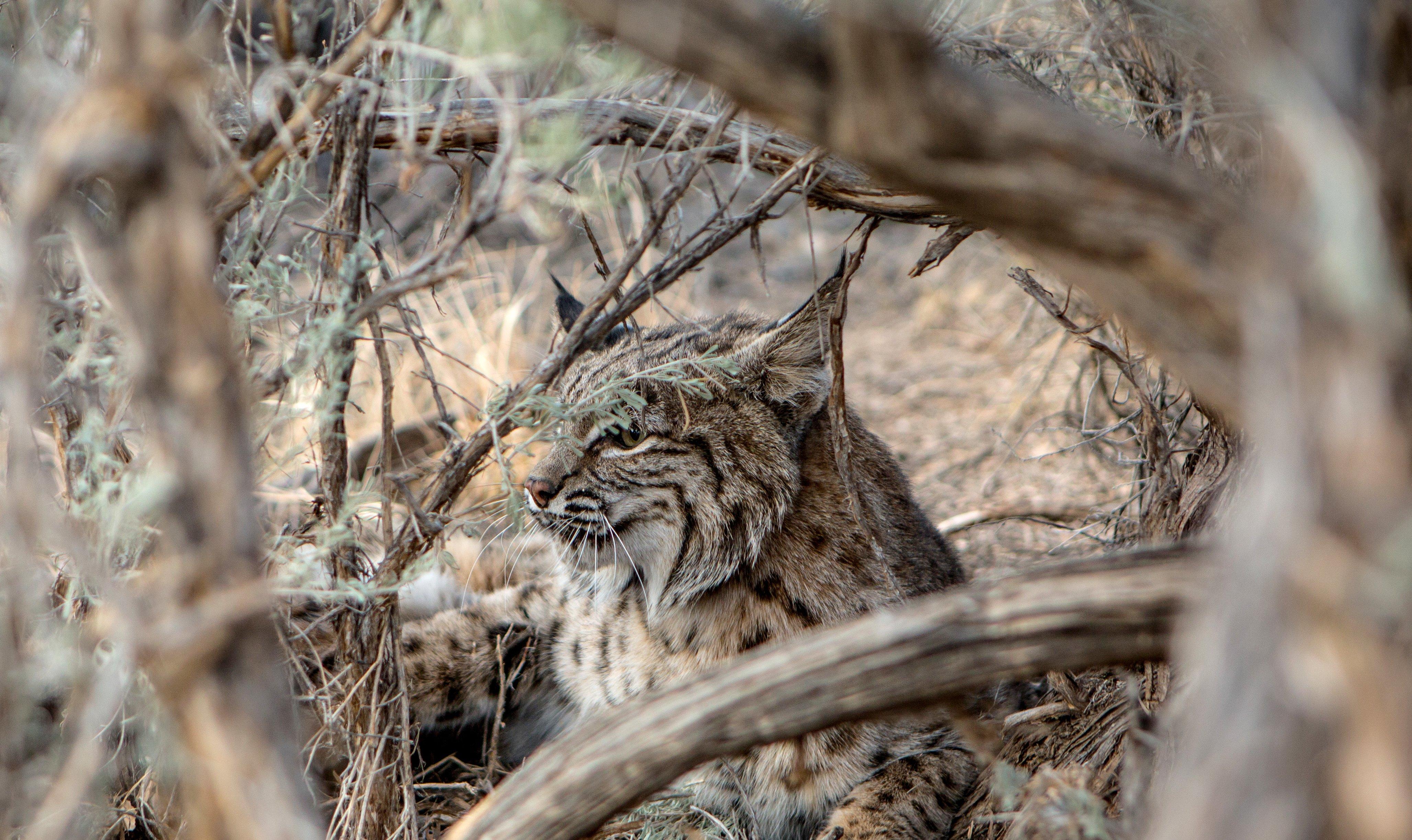
Bobcats are masters of camouflage, using their spots to blend in to a variety of terrains. (Photo by TFL Productions)
CALL WITH PATIENCE
Unlike coyotes and foxes, which often charge right in to the sounds of a rabbit in distress, bobcats are typically slow to respond to a call. It’s not unusual to catch them slinking into a setup very slowly through the brush 20 minutes into a calling sequence. The cats usually creep forward, listen, and move again, and almost without fail, they rely on natural features of the land to hide their approach. On a predator hunt in Texas, we waited for several minutes after calling before we saw the cat which was sitting beside a clump of thorns watching for any sign of the distressed rabbit.
Cats are patient, and you must be, too. Most often, the cat patiently closes in and monitors the area as it moves. One mistake can ruin a bobcat set, and often you’ll never know the animal was there. Turning your head, adjusting your rifle, or moving your boot might be enough to catch the cat’s eye and send it slipping away into the shadows before you have a chance for a shot. If you’re specifically targeting bobcats you need to wait 20 or even 30 minutes after the calling starts to be sure a cat isn’t hanging around the perimeter and waiting for some indication of available prey.
Don’t Miss: 5 Trapping Baits Nest-Raiding Raccoons Can’t Resist
Bobcats prey on a wide range of animals, so distress sounds imitating small mammals and birds are effective. In a wooded setting, woodpecker and squirrel distress calls work well. Rabbit distress calls will do the job, too, but I believe they have lost some effectiveness simply because there are so many hunters using that type of call. Bobcat vocals can also be highly effective since the cats are territorial.
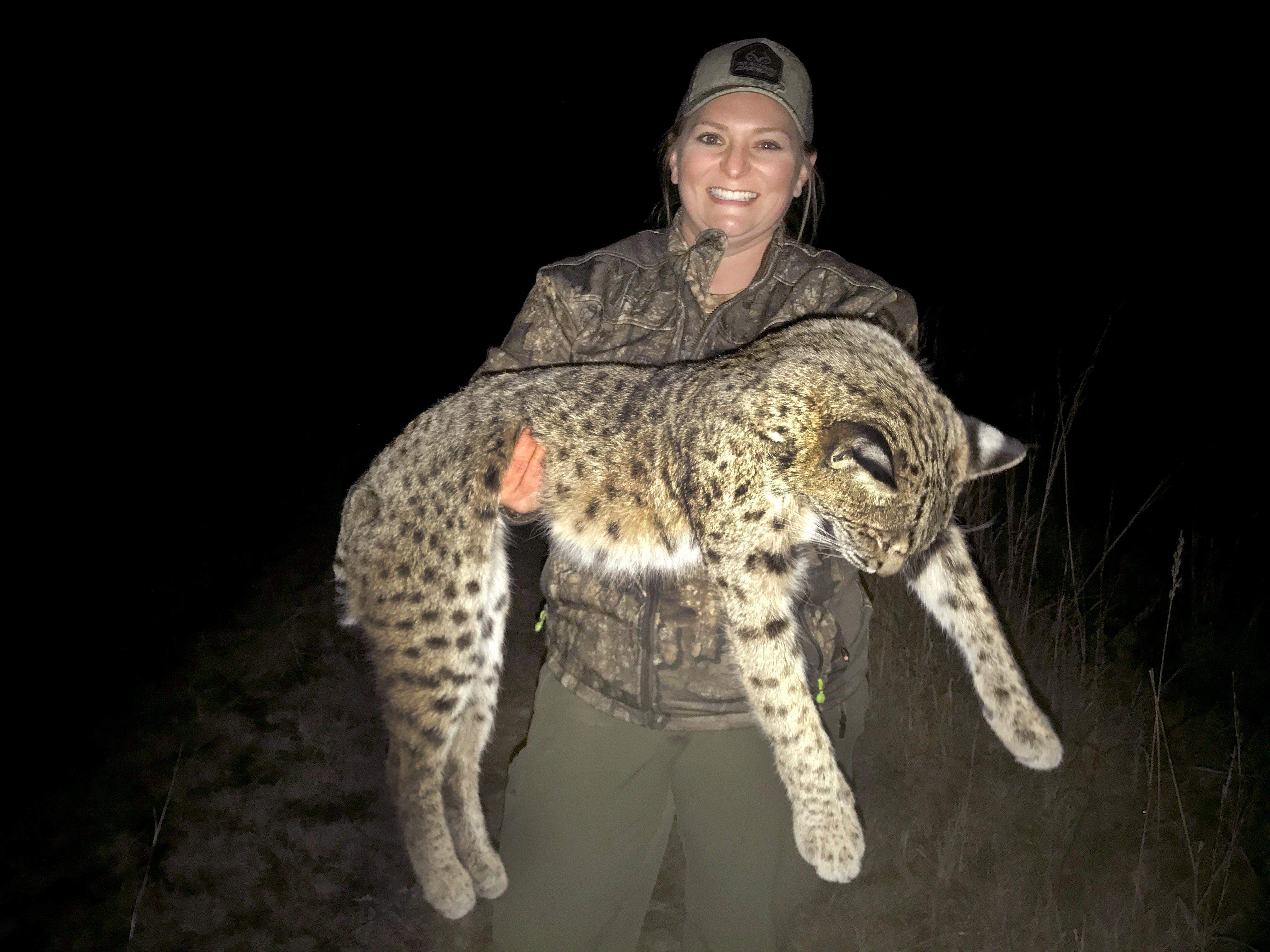
This big Texas bobcat responded silently to a call, barely revealing itself on the edge of a thicket. (Photo by Will Brantley)
Like all cats, bobcats are attracted to movement, so a motion decoy is an effective tool. Many electronic callers have decoys built in. I spoke to a seasoned bobcat hunter in Kentucky who told me his favorite decoy was a few loose chicken feathers. In a light breeze, the feathers would offer just enough movement to catch the eye of a passing cat and they were almost irresistible.
Though bobcats do have keen noses, they don’t seem to depend on them as heavily as canines do. It’s still smart to set up with with the wind in your favor and good downwind shooting lanes available, but for cats, the visual aid and proximity of heavy cover nearby are arguably more important.
Even in the best places, bobcat hunting isn’t easy, and you must expect to fail often as not. Cats require even more stealth and patience than coyotes in my experience, and a single mistake is often enough to send them back into cover. But every bobcat bagged is a prize, making the reward well worth the effort.


